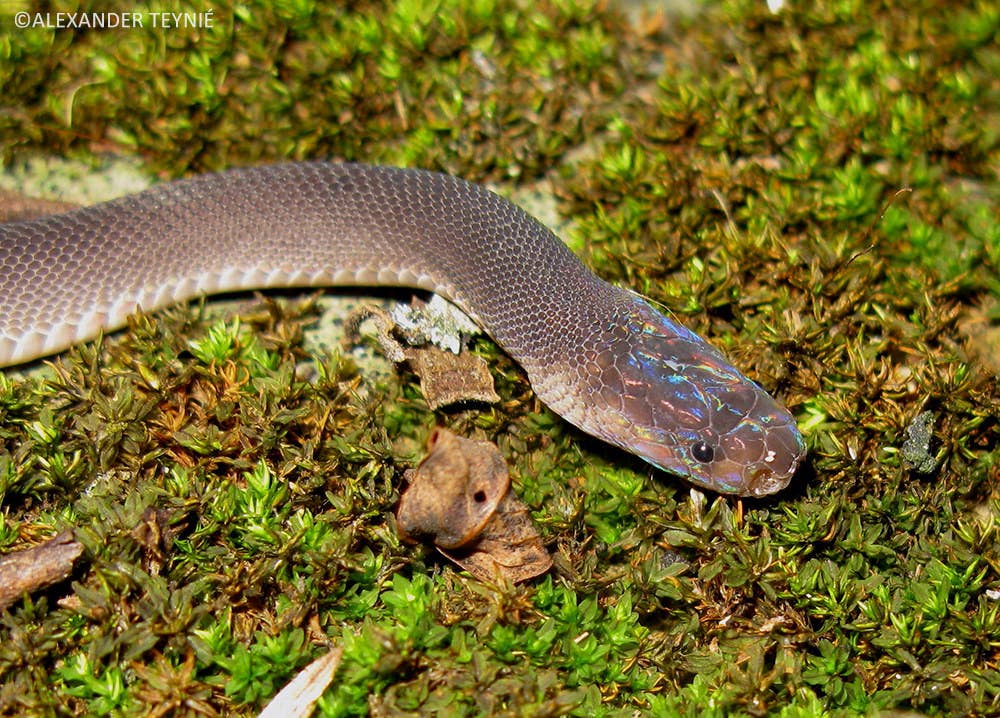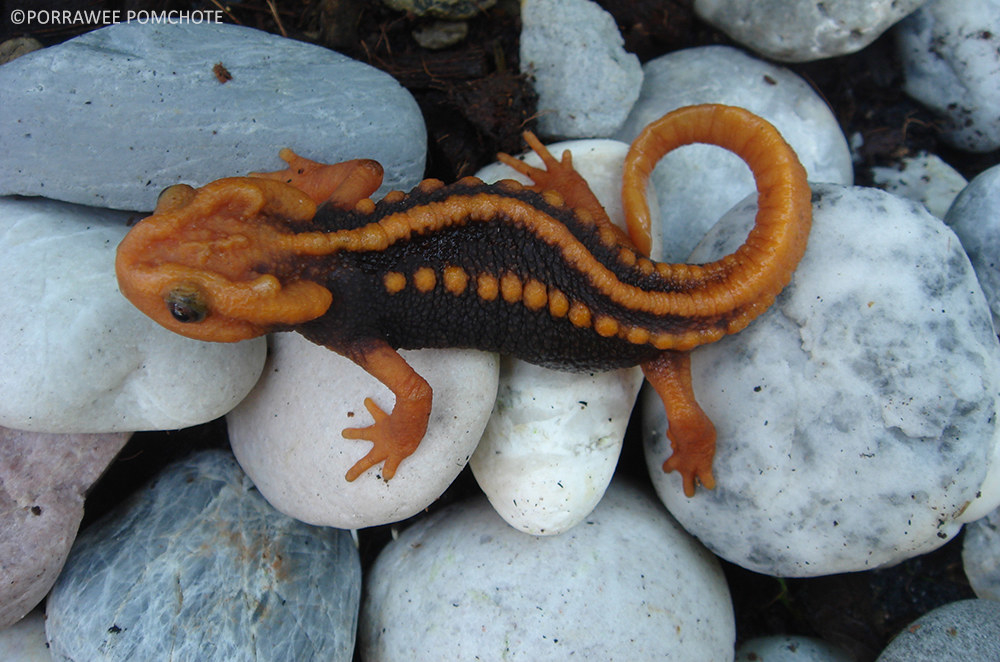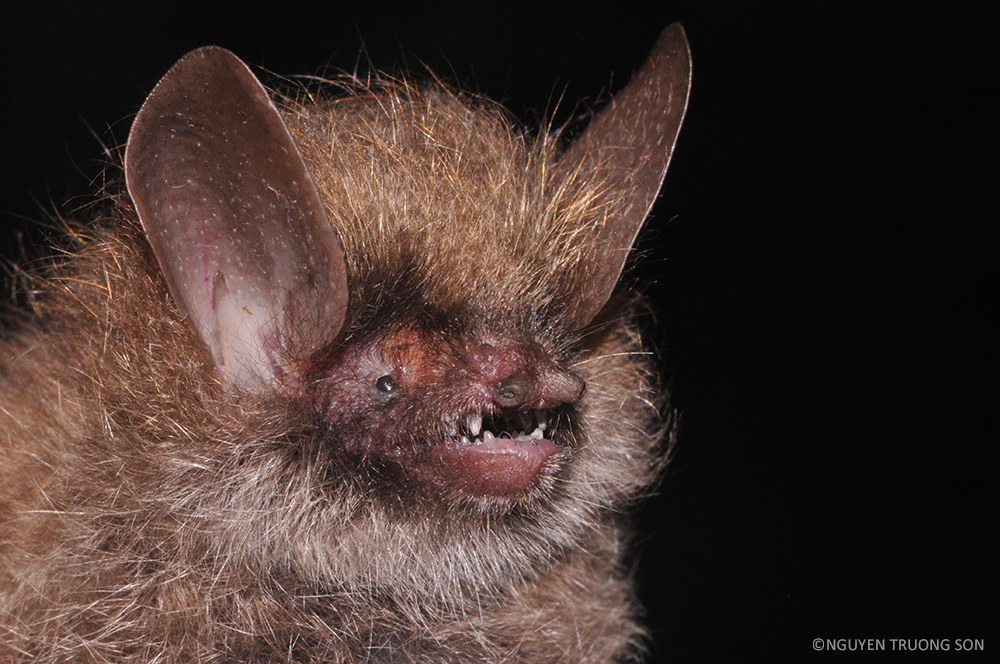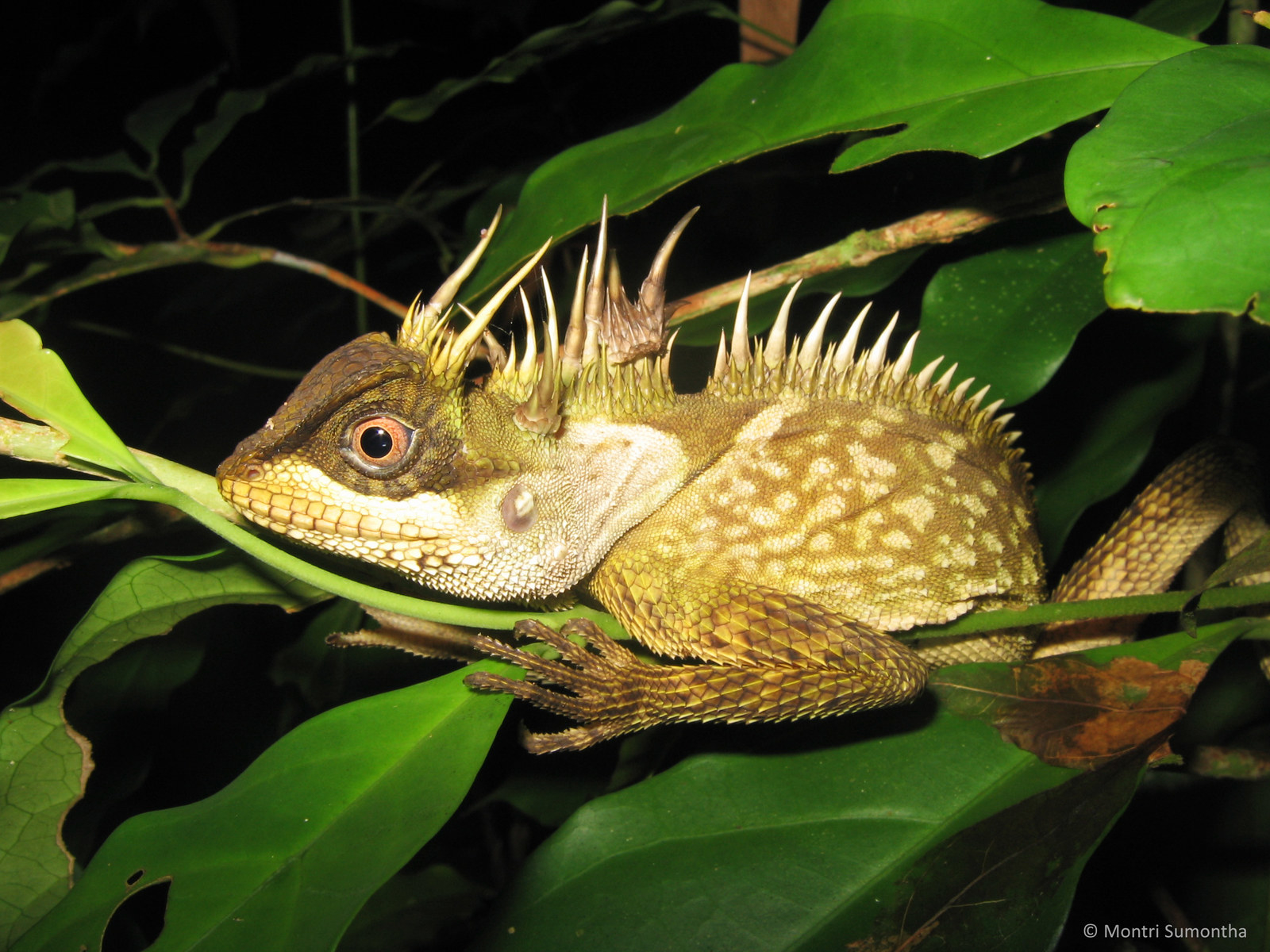Scientists this week announced the discovery of 163 new species, including a newt that resembles a Klingon from Star Trek and a rainbow-headed snake resembling David Bowie’s Ziggy Stardust.
Here are some of the more eye-catching discoveries:
Rainbow-headed snake

Researchers on a hike in northern Laos just happened upon the rainbow-headed snake, which they likened to David Bowie's Ziggy Stardust character, as it was perched on a mossy rock.
“It did not look like something known,” Alexander Teynie said in the World Wildlife Fund report. “We approached with shock, bringing to mind all known species in Asia that it may resemble, but there was no match!”
In fact the snake, with its distinct coloration, rows of scales, and unique number of upper teeth, wasn’t just a new species, it was part of a new Genus: Parafimbrios, scientists reported.
The "Klingon" Newt

The so-called Klingon newt, with its distinctive dorsal ridge and red markings, is only the fourth newt species found to exist in Thailand. Between 6 and 7 centimeters long, it was discovered in the Chiang Rai province.
Wooly-Headed Bat

The medium-sized bat was found in the Central Highlands of Vietnam, adding to the diversity of a family of bats known for the thick, woolly fur on their heads and forearms, the WWF reported.
Phuket Horned Tree Agamid

Discovered on the island of Phuket, the forest-dwelling lizard is distinguished from its mainland cousins by intimidating horns along its back and head. It was also a surprise find for scientists on an island that is relatively developed as a major tourist destination.
"The reptile fauna of Phuket has been ignored for many years by biologists because most of the forest cover of the island has been destroyed by human activities,” conservation biologist Olivier Pauwels said in the WWF report.
And despite its appearance, researchers say the lizard is totally harmless.
In all, scientists discovered 9 amphibians, 11 fish, 14 reptiles, 126 plants, and 3 mammals in Cambodia, Laos, Myanmar, Thailand, and Vietnam.

The WWF warns that habitat loss and destruction, as well as pollution and other manmade intrusions, are putting pressure on Southeast Asia species, many of which depend on delicate, single environments.
Poaching and illegal wildlife trade for rare species are also taking their toll, scientists said in the report.
"These scientists, the unsung heroes of conservation, know they are racing against time to ensure that these newly discovered species are protected," said Jimmy Borah, wildlife program manager for WWF-Greater Mekong.
To read the full WWF report, Species Oddity, go here.
